The world's leading medical device development companies turn to China Metal Parts to unlock the benefits of the digital manufacturing model. From connected devices to mass personalization of healthcare products, digital manufacturing accelerates development and market introduction through rapid prototyping, bridge tooling, and low-volume production.
Why Do Medical Device Development Companies Use China Metal Parts?
Interactive Design Analysis
Make critical design adjustments that save development time and cost with design for manufacturability (DFM) feedback on every quote.
Low-Volume Production
Get low-volume production parts in as fast as 1 day to streamline your supply chain once before and after products are launched to market.
Bridge Tooling Before Production
Leverage affordable bridge tooling for design and market validation before capital investment in tools.
![]()
Technology Agnostic
Multiple manufacturing technologies across four services mean your parts are paired with the right equipment and process regardless your project needs.
Medical Materials
Choose from high-temperature plastics, medical-grade silicone rubber, and 3D-printed micro-resolution and microfluidic parts, among hundreds of other plastic, metal, and elastomeric materials.
Rapid Prototyping
Create prototypes in production-grade materials for functional and regulatory testing, or 3D print models and organ scans to preview before medical procedures.
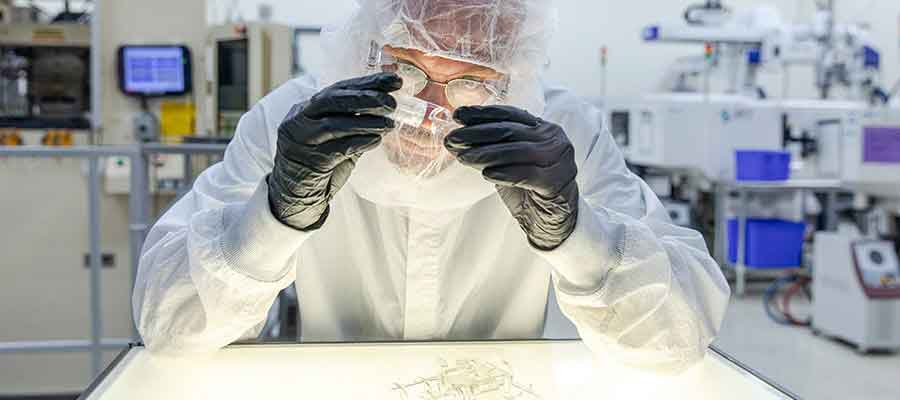
Medical Injection Molding
Accelerate development of FDA Class I and II devices, or non-implantable components, with our medical injection molding capabilities, which include steel tooling, clean rooms, and ISO 13485 quality certification.
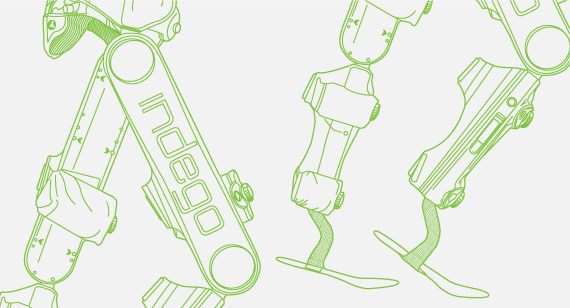
Parker Hannifin Brings Robotic Exoskeleton to Life with Digital Manufacturing at China Metal Parts |
|
Engineers at motion and control tech leader, Parker Hannifin, needed to accelerate development speed and reduce design risk of their robotic exoskeleton. A combination of digital manufacturing technologies and automated quoting enabled a highly iterative design process without sacrificing time to market. |
| READ PARKER HANNIFIN SUCCESS STORY |
What Materials Work Best for Medical Applications?
High-temp Plastics. PEEK and PEI (Ultem) offer high-temperature resistance, creep resistance, and are suited for applications that require sterilization.
Medical-grade Silicone Rubber. Dow Corning’s QP1-250 has excellent thermal, chemical, and electrical resistance. It’s also bio-compatible so can be used in applications that require skin contact.
Carbon RPU and FPU. Carbon DLS uses rigid and semi-rigid polyurethane materials to build functional parts ideal for late-stage prototyping or end-use devices.
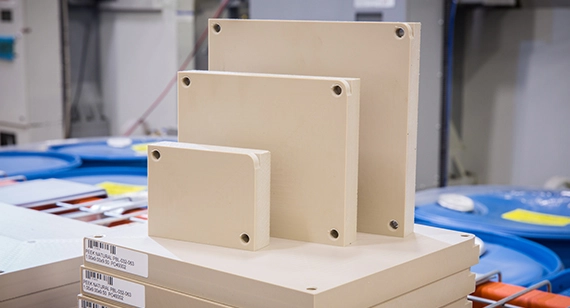
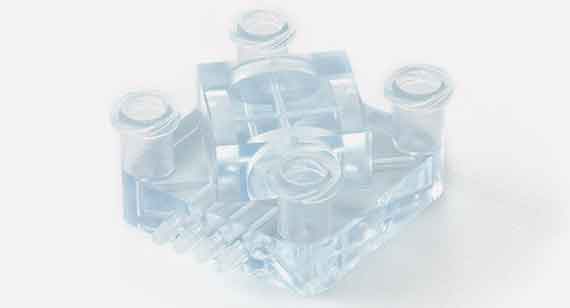
Micro-resolution. MicroFine™ (green and gray) is a proprietary material developed by China Metal Parts to build complex 3D-printed parts with micro-sized features as small as 0.0025 in.
Microfluidics. Watershed (ABS-like) and Accura 60 (PC-like) are clear materials can be used for microfluidic parts and transparent components like lenses and housings.
Medical Alloys. Between machined and 3D-printed metals along with sheet metal, there are more than 20 metal material options available for medical components, instrumentation, and other applications. Metals like titanium and Inconel have attributes like temperature resistance while various stainless steel materials brings corrosion resistance and strength.
| COMMON MEDICAL APPLICATIONS |
|---|
|
We have several capabilities within our services and processes catered to the medical industry. A few of common applications include:
|
“It’s baked into our design and our R&D process now...It’s easier for me to order a mold for a part for a medical device (from China Metal Parts) than it is for me to pay my mortgage online.”
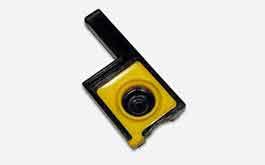
Medtech Startup Gets to Market Faster, More Cost-Effectively with On-Demand Molding

Prototyping and Low-Volume Production for Medical Applications

How to Accelerate Medical Device Development

How Metal 3D Printing can be a Game Changer for Med Device Development



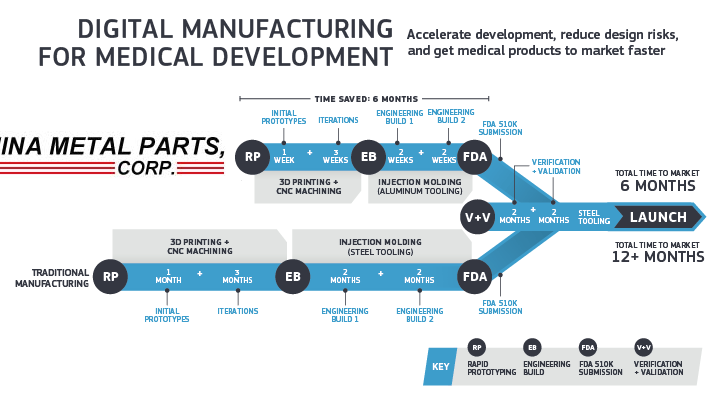 Click to enlarge
Click to enlarge